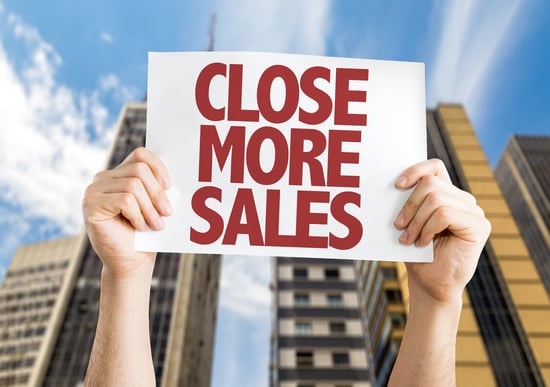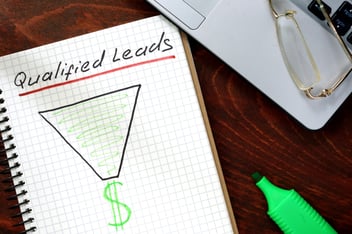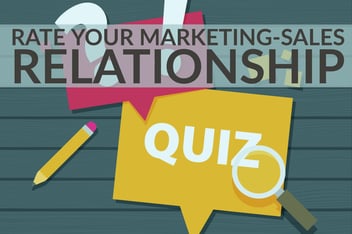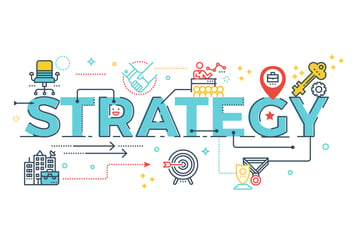What Can You Learn From Close Rates?

“Half the money I spend on advertising is wasted; the trouble is I don’t know which half.”
Can you relate? It has been nearly a century since John Wanamaker, a pioneer in marketing, made that statement, but it is often just as true for today’s marketers as it was for him.
Thankfully, the advent of digital marketing and closed loop systems enabled by our electronic age make learning where your marketing dollar is best spent easier than it has ever been.
Knowing which actions by a lead point toward their likelihood to close a sale can help you move hot prospects to the sales department more quickly for a shorter sales cycle, saving time and money.
How to calculate close rates
Start your close rate calculations by developing a list of activities that a lead can take before becoming a customer. For each activity, find the number of customers who took that action (for example, watching a webinar). Then divide that number by the number of leads who originally registered for the webinar.
So, if you have 10 customers who watched the webinar, and 150 total leads who watched it, the close rate for that action would be 6.7 percent (10 divided by 150).
Calculate this rate for each significant activity a lead can take before becoming a customer.
How to use close rates
Once you have calculated the close rates for individual actions, calculate the average close rate for all marketing activities. You will want to compare this average to the close rates of individual activities, looking for those activities with close rates significantly higher than your overall average.
Example: If your average close rate is 3 percent, the 6.7 percent close rate calculated for the webinar above indicates that it is a strong indicator of a successful sale.
Add activities with a high close rate to your company’s definition of a marketing qualified lead. Any lead that engages in at least one of these activities, and is a good fit for your company in other regards, would be considered qualified to move on to sales.
Comparing close rates for various actions and offers, or combinations of offers, can also help you pinpoint opportunities for more offers or eliminate those marketing efforts that return few results.
For example, if close rates are significantly higher after leads participate in a webinar than after they download a podcast, you may want to spend more of your resources on creating webinars to use toward the bottom of the sales funnel.
Also, look for a series of actions that leads to higher than average close rates. If a certain sequence results in more closed deals (or in greater total revenue), consider creating a lead nurturing workflow using that same sequence if you haven’t already.
Understanding the average close rates for your marketing and sales efforts can also help the two departments reach agreements regarding what constitutes a qualified lead and the responsibilities of each department, which should be outlined in a service level agreement that identifies lead generation and sales goals.
Altogether, close rates, lead qualification criteria and goals are part of the discussions needed to unify marketing and sales for greater company results. Find more specifics on bringing departments together in our free ebook: The Complete Guide to Unifying Marketing and Sales.
-1.png?width=1652&height=294&name=Jones(RGB)-1.png)












